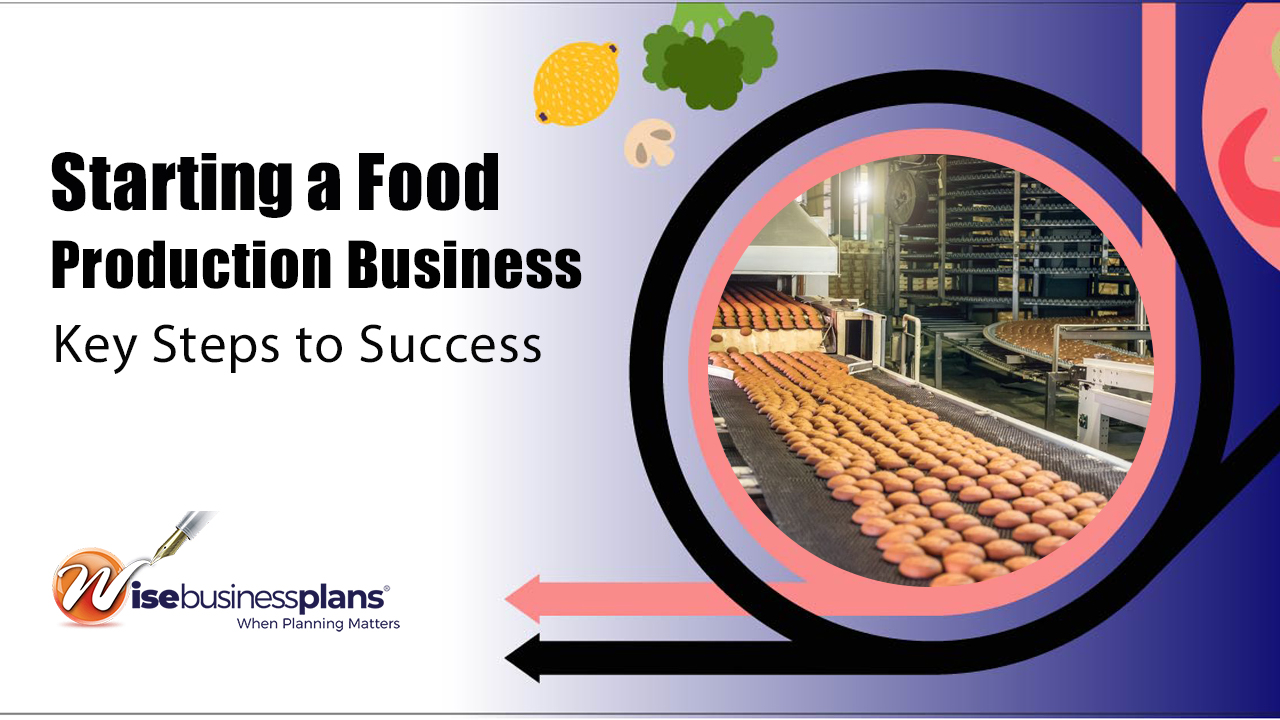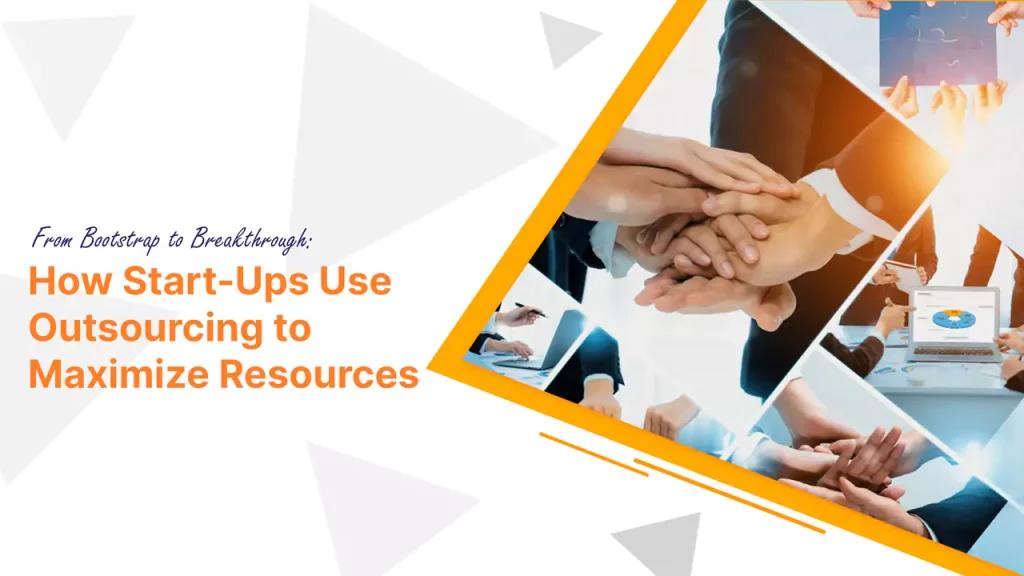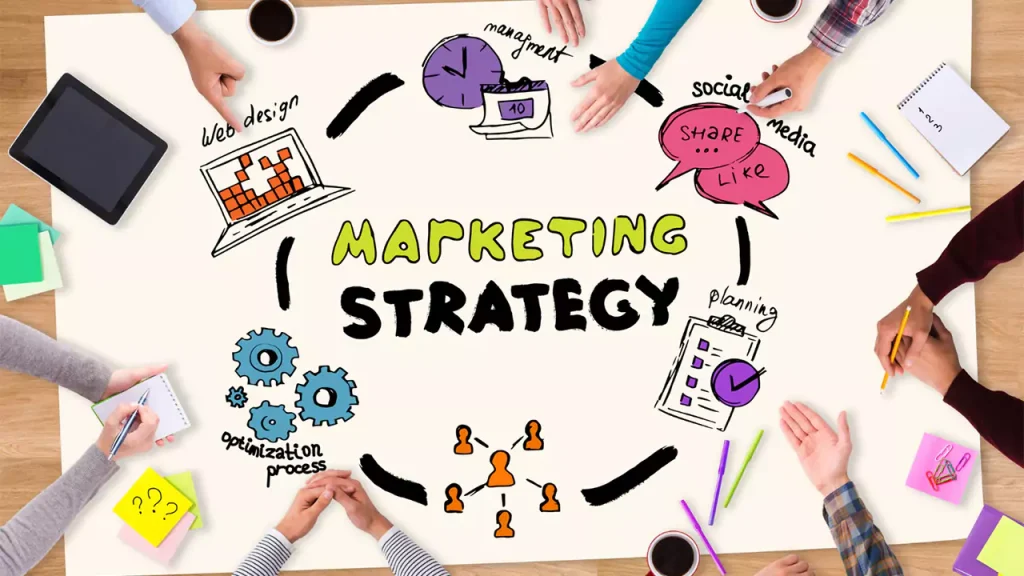Starting a Food Production Business: Key Steps to Success
Table of Contents
- 1. Developing a Business Plan for Your Food Production Business
- Key Components of Your Plan
- 2. Funding Your Food Production Business
- Funding Options to Consider
- 3. Efficient Operations and Supply Chain Management
- Focus Areas
- 4. Exploring Market Opportunities and Consumer Demand
- Key Market Trends to Watch
- Types of Food Production Businesses
- Need Guidance with Your Business Plan?
- Conclusion
The food production industry is booming, offering exciting opportunities driven by the demand for sustainable, healthy, and innovative products. From organic farming to plant-based foods and lab-grown meat, the market is rapidly evolving. As consumers become more health-conscious and eco-aware, businesses that align with these values are positioned for success.
The key to standing out is crafting a sustainable business model that meets the needs of today’s conscientious consumers. Whether you’re growing crops, raising livestock, or developing new food products, building a business that reflects sustainability and wellness will set you up for long-term success in this fast-evolving industry. Let’s explore the steps to launch and scale a food production business that thrives.
1. Developing a Business Plan for Your Food Production Business
A well-crafted business plan is the foundation of any successful food production venture. It serves as your roadmap, outlining your vision, financial goals, and strategies for growth. With sustainability at the forefront, your plan should clearly define how your operations will minimize environmental impact, increase efficiency, and resonate with eco-conscious consumers.
Key Components of Your Plan
Market Research
Begin by understanding consumer trends, such as the growing demand for plant-based foods, organic products, and local sourcing. Assess your competitors and identify market gaps you can fill with innovative products.
Sustainability Strategy
Sustainability is key. Adopt eco-friendly practices like sourcing raw materials responsibly, reducing waste, and using sustainable packaging. These actions not only reduce your environmental footprint but can also save costs in the long run. Sustainability in food production isn’t just about feeding people—it creates positive ripple effects on the environment, economy, and society. By embracing these practices, you’re helping build a more sustainable future.
Financial Projections
Include startup costs, expected revenue, and long-term profitability. Pay special attention to the initial investment in sustainable technologies or processes, as these may offer significant savings in the future. Be sure to plan for contingencies, such as price fluctuations or supply chain disruptions.
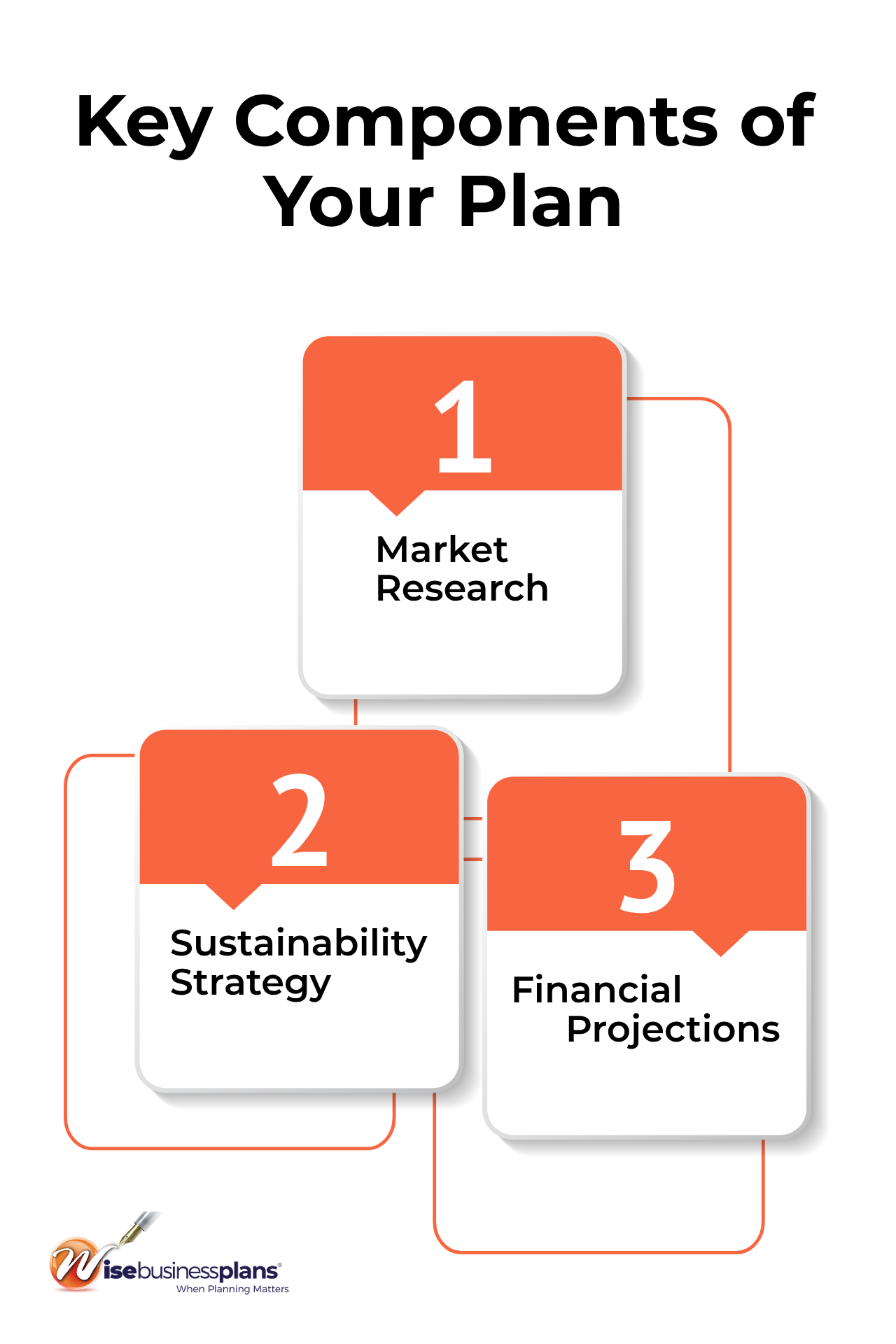
Need a food production business plan?
Hire our professional business plan writers now!
2. Funding Your Food Production Business
Once you’ve established a strong business plan that incorporates sustainability, securing funding is the next critical step. Whether you’re building a small farm or scaling up a food processing plant, adequate capital is needed to bring your vision to life.
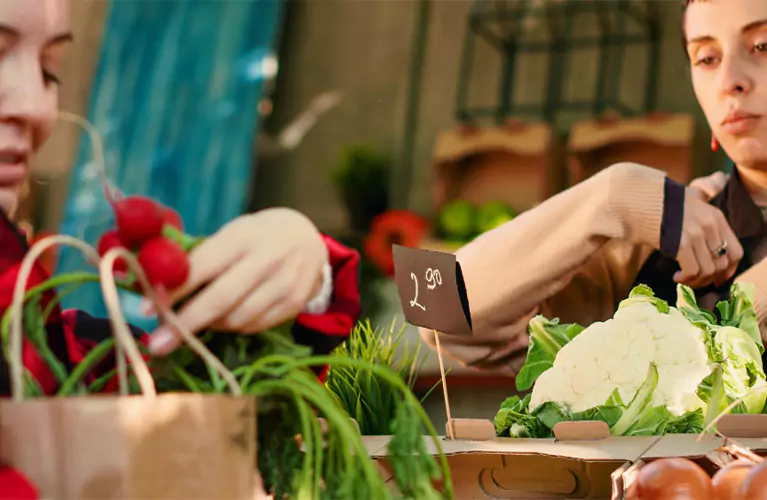
Funding Options to Consider
- Small Business Loans: Traditional loans or alternative lenders can provide the capital needed to get started. Make sure your business plan emphasizes sustainability, as many lenders are now prioritizing green initiatives.
- Investors and Venture Capital: If your business is based on innovative technologies (like vertical farming or cultured meat), you may attract venture capital that’s eager to fund high-growth, high-impact projects.
- Government Grants: Many governments offer grants and incentives for businesses that focus on sustainable food production. Look for programs that support green technologies, sustainable farming practices, or food innovation.
- Crowdfunding: Crowdfunding is an excellent way to raise initial capital while also testing market demand. If your product is unique or niche (such as plant-based alternatives or lab-grown food), crowdfunding platforms can help build early interest and secure the necessary funds.
By aligning your funding strategy with your long-term sustainability goals, you’ll not only secure the capital you need, but also attract investors who share your values.
3. Efficient Operations and Supply Chain Management
Once the funds are in place, it’s time to streamline your operations and build an efficient supply chain. Sustainability should be integrated at every stage of your production process—from sourcing raw materials to distribution. Efficient operations reduce waste, optimize resource use, and lower costs, all of which contribute to the profitability and sustainability of your business.
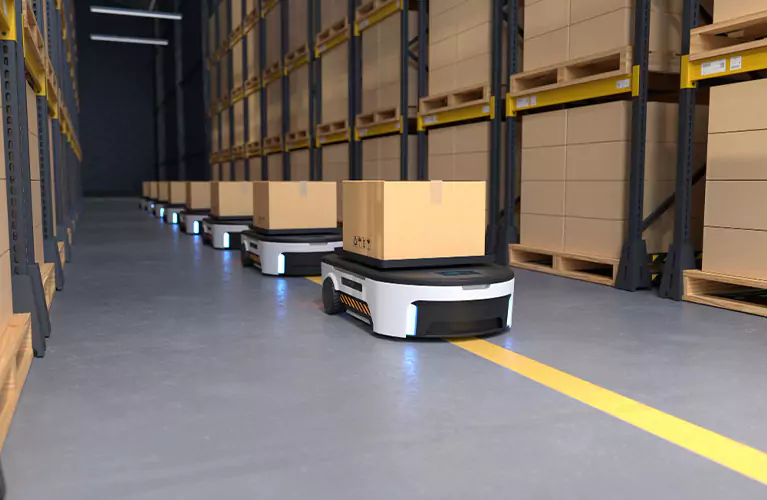
Focus Areas
- Sourcing: Choose suppliers that align with your sustainability goals—whether by providing organic ingredients, eco-friendly packaging, or responsibly sourced materials. Establish strong relationships with suppliers who share your values.
- Inventory Management: Leverage technology to track inventory, reduce waste, and optimize production schedules. This will help minimize overproduction and ensure you’re meeting consumer demand without excess.
- Logistics: Minimize transportation costs and emissions by prioritizing local sourcing and distribution. Streamlining your logistics not only reduces your carbon footprint but can also save you money in the long run.
Optimizing your operations with a focus on sustainability will not only enhance your bottom line, but also align your business with modern consumer expectations and environmental standards.
4. Exploring Market Opportunities and Consumer Demand
The food production industry is being shaped by evolving consumer preferences. Health-conscious eating, sustainability, and ethical sourcing are no longer niche—they’re mainstream. Understanding and tapping into these trends can help you position your product for success in a competitive market.
Key Market Trends to Watch
- Plant-Based and Vegan Products: The plant-based food sector is rapidly growing as consumers seek healthier, more sustainable alternatives to meat and dairy.
- Health-Conscious Eating: As consumers become more aware of the nutritional value of their food, there’s a growing demand for nutrient-dense, functional foods that offer health benefits beyond basic nutrition.
- Sustainability: Today’s consumers want to feel good about what they buy. Products that are sustainably sourced or packaged are seen as more ethical, and consumers are willing to pay a premium for them.
By aligning your product offerings with these market demands, you not only appeal to modern consumer values but also increase your brand’s potential for growth.
Types of Food Production Businesses
Understanding the different types of food production businesses will help you determine the right path for your venture. Here are some of the most common types of food production businesses you might consider:
1. Traditional Farming
Traditional farming involves cultivating crops (e.g., grains, vegetables) and raising livestock (e.g., cattle, poultry) on large tracts of land. This method is well-established and remains one of the most common forms of food production worldwide.
- Pros: Low startup costs if you have access to land, long history of success, and scalability.
- Cons: High water and land usage, soil depletion, and reliance on weather conditions.
2. Hydroponics and Aquaponics
Hydroponics is a method of growing plants without soil, using nutrient-rich water solutions. Aquaponics integrates fish farming with plant production, creating a symbiotic relationship between the plants and fish.
- Pros: Highly efficient use of space and water, can be done indoors, year-round production.
- Cons: High initial setup costs, requires specialized knowledge and equipment.
3. Vertical Farming
Vertical farming uses stacked layers or towers to grow crops in a controlled environment. This method is ideal for urban farming and allows for high-density crop production in smaller spaces.
- Pros: High yield per square foot, reduces transportation emissions, and allows for local production.
- Cons: Expensive startup, requires significant investment in technology and infrastructure.
4. Food Processing and Manufacturing
Food processing involves turning raw ingredients into finished products, such as canned vegetables, packaged snacks, or beverages. This type of business is focused on creating long-shelf-life food items.
- Pros: Large-scale production, high potential for product diversification.
- Cons: Requires knowledge of food safety regulations and significant investment in processing and packaging facilities.
5. Organic Farming
Organic farming focuses on producing food without synthetic pesticides, fertilizers, or genetically modified organisms (GMOs). It appeals to consumers seeking healthier and environmentally-friendly options.
- Pros: Growing consumer demand, premium pricing for organic products.
- Cons: Lower yields compared to conventional farming, higher labor costs.
6. Aquaculture
Aquaculture is the farming of fish, shellfish, and other aquatic organisms in controlled environments, typically in tanks or ponds. It’s a growing industry to meet global seafood demand.
Pros: High demand for sustainable seafood, efficient use of space in certain systems.
Cons: Environmental concerns around water pollution and resource management.

Need Guidance with Your Business Plan?
Access 14 free business plan samples!
Conclusion
Starting a food production business is an exciting and rewarding endeavor. Whether you focus on traditional farming, food processing, or innovative production methods like hydroponics or vertical farming, the key to success lies in careful planning, strategic decision making, and alignment with market trends.
By integrating efficiency and sustainability into your business model, you can create a profitable and impactful food production venture that helps address global food security challenges while meeting the growing consumer demand for healthier, eco-conscious products.


